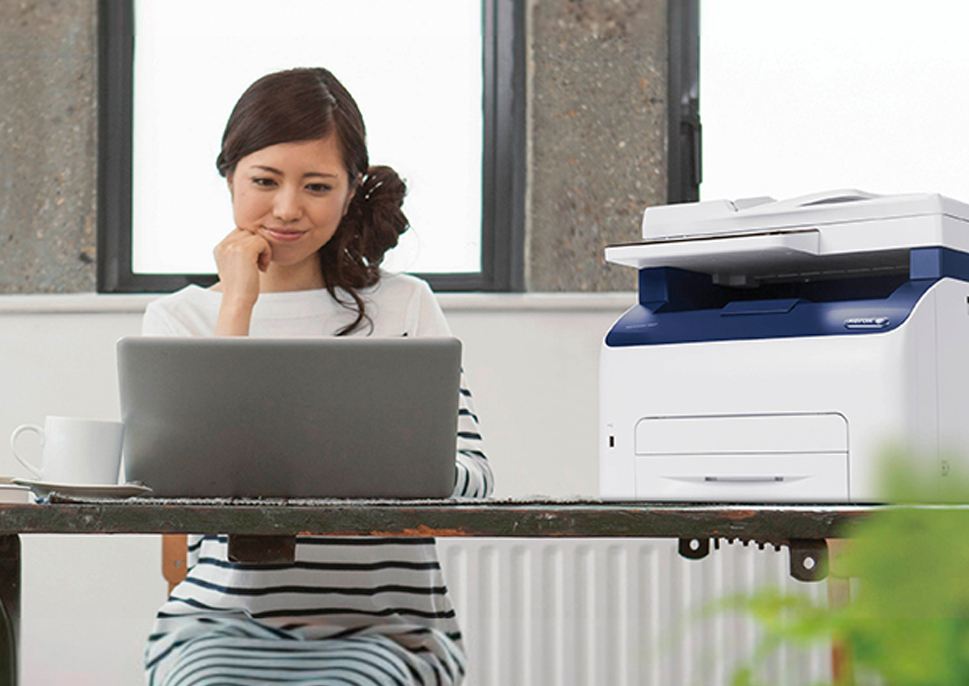
You may have experienced hurrying to a meeting and sending a print job to the printer. While it is printing, you collect your meeting materials from your desk, and as you head off to the meeting, you swing by the printer to get your document.
However, the document does not meet your expectations. Still, the meeting is about to start and you just grab what you can and you rush off to avoid being late.
Poor quality print projects are usually blamed on low toner, running out of one color, paper jams or improper alignment. However, one issue-causing factor most people usually forget about is using the incorrect paper weight or thickness.
There are a lot of weights available for paper stock and each has its own specialized use in printing.
What is paper stock?
Paper stock is determined first by weight, which has to do with thickness and stiffness of sheets of paper. When paper is measured it is based upon a standard size sheet, and standard paper weights are based on a quantity of 500 sheets.
Figuring paper stock is quite simple. You simply compare stocks by the weight of the pages. But it becomes more complicated when different paper sizes or volumes are taken into consideration. So for example, some paper weights are determined by 1,000 sheets, instead of 500. These more complex variations can take a bit more time.
If this does not help clarify your questions regarding which type of paper you need for your office’s print projects, do not be alarmed.
Standard copier paper weight
For printer paper, the paper’s weight refers to the thickness of different stocks, which is represented as a measurement in pounds. There are numerous classifications of paper stock, each with its own weight.
The following are some of the more common types that you should be aware of, the types of print projects that your office produces will determine which stocks you should provide:
Bond Paper – The standard paper used in copiers and printers in organizations around the world. Also referred to as writing paper, the standard weights for bond paper include 16, 20, 24, 28, 32 and 36 pounds.
Text Paper – Most frequently used in commercial printing operations, text paper is usually featured on stationary and letterhead print jobs. Text paper is commonly offered in weights of 50, 60, 70, 80 and 100 pounds.
Cover Paper – This is also known as card stock. It is heavy and stiff that is available in different colors and finishes. Weights range from as low as 50 pounds to as high as 120 pounds.
Bristol Paper – Originating in the town of Bristol, England, this kind of paper harkens back to the days when paper was made from rags. This is very thick, heavy paper that is often used in creating book covers or wedding invitations. It is available in either 67 or 120 pounds.
Index Paper – As the name suggests, the paper is used for index cards or postcards. Fairly stiff and inexpensive, index paper is available in 90, 110 and 140 pounds.
Tag Paper – This durable paper is used for everyday purposes like retail signage and is available in weights ranging from 100 to 200 pounds.
As the weight increases within each paper type, so does the thickness or sturdiness of the paper. It can get confusing when you compare paper weight across paper types. For example, 20# bond paper has an equivalent weight of 28# cover paper but cover paper is not usually sold in this weight.
Conclusion
The paper weight conversion chart can help you determine which weights compare to others across paper types and which weights within each paper type are standard, this will be helpful when buying paper supplies for specific and custom printing projects.
If you are in Miami and you’re looking for a Copier for your business, you may contact Clear Choice Technical Services in Miami. You can ask about Copier Leasing Services in Miami, Copier rental services in Miami.


